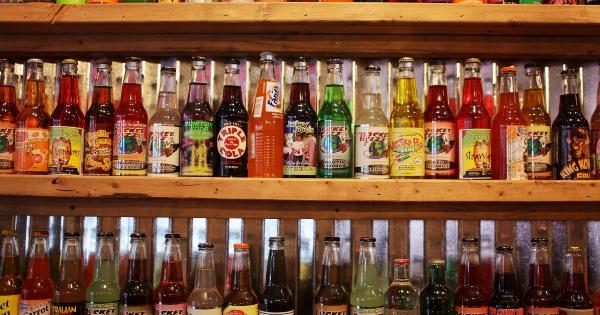Alcohol consumption has always been a part of social life and often considered a way of relaxation after a long day’s work. However, it is also a known fact that excessive drinking can lead to a wide range of health problems.
One of the most alarming issues linked with heavy drinking is cancer. According to research, drinking alcohol is the second biggest cause of cancer, with tobacco use being the first. In this article, we’ll explore the link between drinking and cancer, and what you need to know about it.
What is Cancer?
Cancer is a disease characterized by abnormal growth of cells that divide uncontrollably. These cells damage the surrounding tissues and can spread to other parts of the body in a process known as metastasis.
There are several forms of cancer, including skin, breast, lung, prostate, colon, and blood cancer (leukemia).
How Does Alcohol Increase the Risk of Cancer?
Alcohol contains ethanol, which is metabolized in the liver into acetaldehyde, a toxic substance known to damage DNA and cause cancer. Heavy drinking can also lead to chronic inflammation that can trigger cancer cell formation.
Alcohol consumption can also indirectly increase the risk of cancer by leading to other unhealthy behaviors such as smoking, poor diet, and sedentary lifestyle. Furthermore, research has shown that even moderate drinking can increase the risk of cancer.
Which Types of Cancer are Linked to Alcohol Consumption?
Research shows that heavy drinking can increase the risk of the following types of cancer:.
Breast Cancer: Drinking two to three glasses of alcohol daily can increase the risk of breast cancer in women by 20 to 30%. Alcohol can increase estrogen levels and other hormones associated with breast cancer.
Mouth and Throat Cancer: Alcohol is also a significant contributor to mouth, throat, and esophagus cancer. The more alcohol you consume, the higher the risk of these cancers.
Liver Cancer: Heavy drinking increases the risk of liver cancer. One of the main functions of the liver is to detoxify the body.
Excessive alcohol consumption can cause cirrhosis, a condition where the liver is scarred and can no longer function efficiently. The damage to liver cells can lead to the development of cancer.
Colon Cancer: Excessive drinking can lead to colon cancer. Alcohol can damage the cells lining the colon, which can lead to the development of cancer.
How Much Alcohol is Safe to Drink?
It is well known that excessive drinking is harmful to the body. As per the World Health Organization, moderate drinking is defined as up to two drinks per day for men and one drink per day for women.
A standard alcoholic drink contains 14 grams of alcohol, which is about 5 ounces of wine, 1.5 ounces of distilled spirits, or 12 ounces of beer. Drinking more than the recommended amount of alcohol can increase the risk of cancer significantly.
Conclusion
Drinking alcohol is a common part of social life, but it is important to understand that heavy drinking can lead to severe health problems, including cancer. The link between drinking and cancer is backed by research and documented evidence.
People who indulge in heavy drinking should take the necessary steps to reduce their alcohol consumption and prevent the development of cancer and other health issues.
Heavy drinking can lead to cancer, the second biggest cause after tobacco. Learn more about the link between drinking and cancer in this article and what you need to know about it.





























